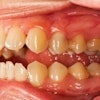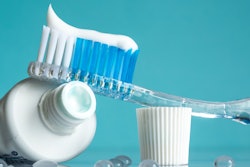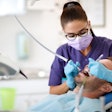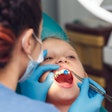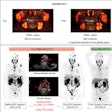
On March 1, 2024, the U.S. Centers for Disease Control and Prevention (CDC) released an update regarding isolation during respiratory viral illnesses for community settings. This guidance is not specific to COVID-19, but it also includes influenza and RSV isolation, as all three are considered respiratory viral illnesses and can be prevented in similar ways, like social distancing, masking, and practicing hand hygiene often and well.
It's important to remember that this updated guidance is not intended for healthcare settings, including dental offices. The dental setting infection prevention and control, healthcare worker isolation, and return to work guidance has not changed for respiratory viruses and should still be followed. Below are links to each guidance:
- Interim Infection Prevention and Control Recommendations for Healthcare Personnel During the Coronavirus Disease 2019 (COVID-19) Pandemic
- Prevention Strategies for Seasonal Influenza in Healthcare Settings
Even though the new guidance doesn’t apply to healthcare workers, it has the potential to affect your office. Your patients will begin ending their illness isolation early and resuming their normal activities, which may include a trip to your dental office. Dental appointments are considered high-risk activities, because the patient would not be able to maintain distance from the staff and can’t wear a source control mask while receiving care.
These factors increase the chances that there could be transmissibility between recovering patients who are still shedding a heavy viral load and dental staff or other patients.
Below are some tips to keep your office healthy and prevent the spread of respiratory viral illness:
- Ask your patients if they have been ill with respiratory symptoms in the last five days when you confirm their appointments. Reschedule their appointment if necessary.
- Encourage your patients to stay home if they are feeling ill without any repercussions (e.g., levying short-notice cancellation fees).
- Encourage source control masking for your staff and patients if your community is at a high or increasing rate of respiratory viral illness.
- Check with your state or local health department for respiratory viral illness levels.
- Consider wearing N95 respirators during aerosol-generating procedures if your community is at a high or increasing rate of respiratory viral illness.
- Remember that a respiratory protection plan must be in place, as well as a medical evaluation and fit testing for staff before respirators are used.
- For information on creating a respiratory protection plan, visit the U.S. Occupational Safety and Health Administration (OSHA) respiratory protection webpage.
- Provide plenty of hand sanitizer for patients to use; if it’s there and easily accessible, they’ll use it.
The CDC will continue to update its guidance as the science changes, and dental offices will need to adapt as the updates are released. Following the simple tips I’ve laid out for you will help keep your staff healthy, your patients happy, and your office open and running at full capacity!
Sarah Stream, MPH, CDA, is a seasoned dental professional, educator, and speaker. She is passionate about being a lifelong learner and sharing knowledge with other dental professionals on a safe dental visit and compliance. She currently specializes in OSHA, HIPAA, and infection control, supporting dental facilities with their education and compliance needs. You can contact her at Stream Education and Consulting LLC or via email at [email protected].
The comments and observations expressed herein do not necessarily reflect the opinions of DrBicuspid.com, nor should they be construed as an endorsement or admonishment of any particular idea, vendor, or organization.
